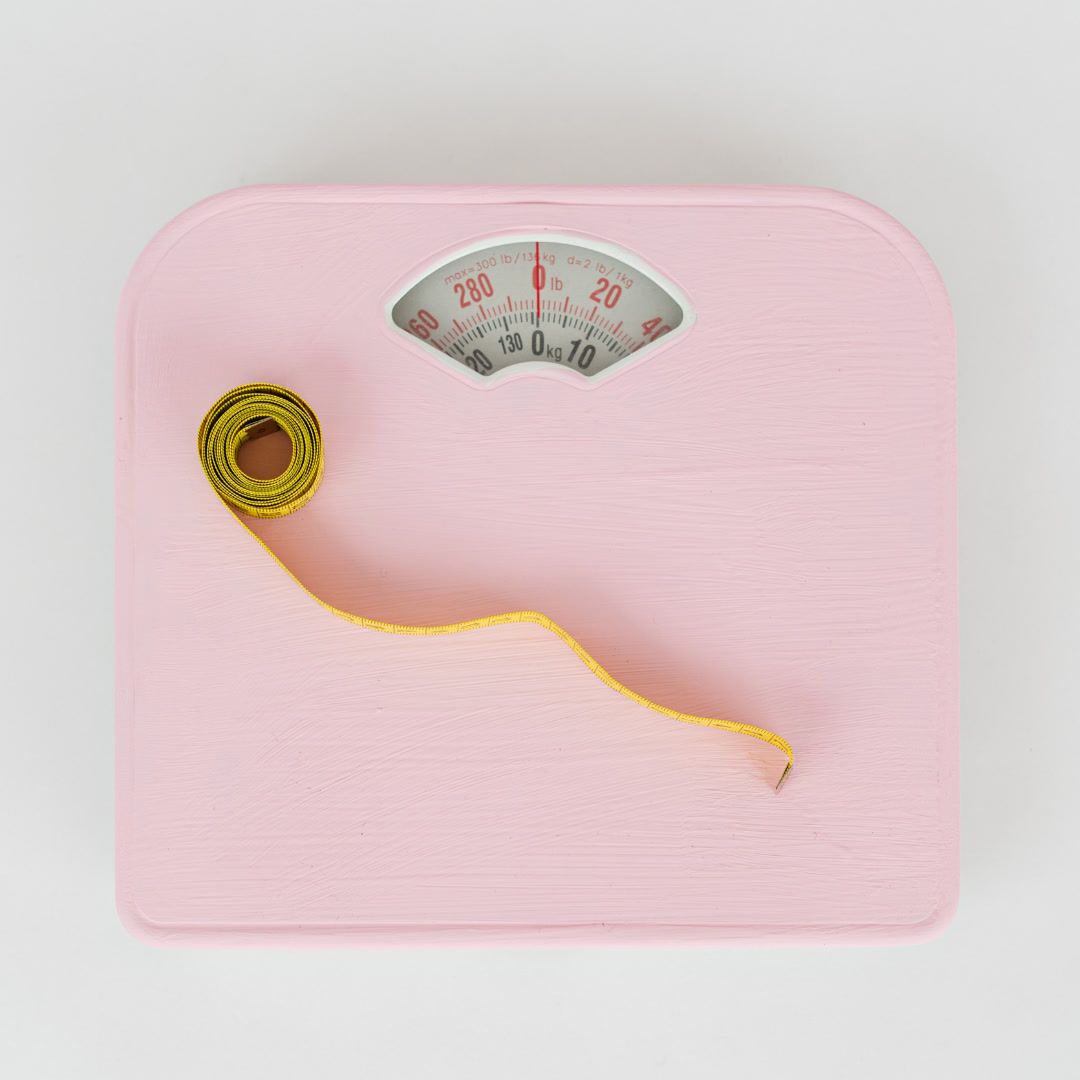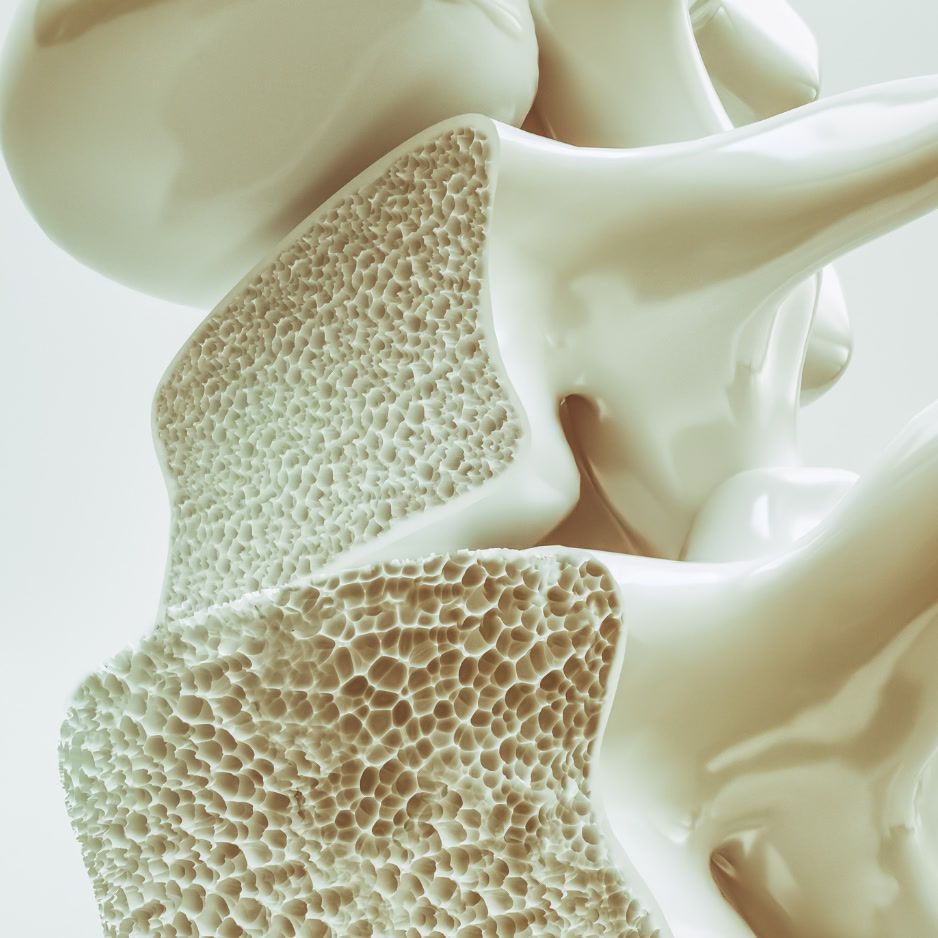20 Medicine Ball Exercises for All Fitness Levels
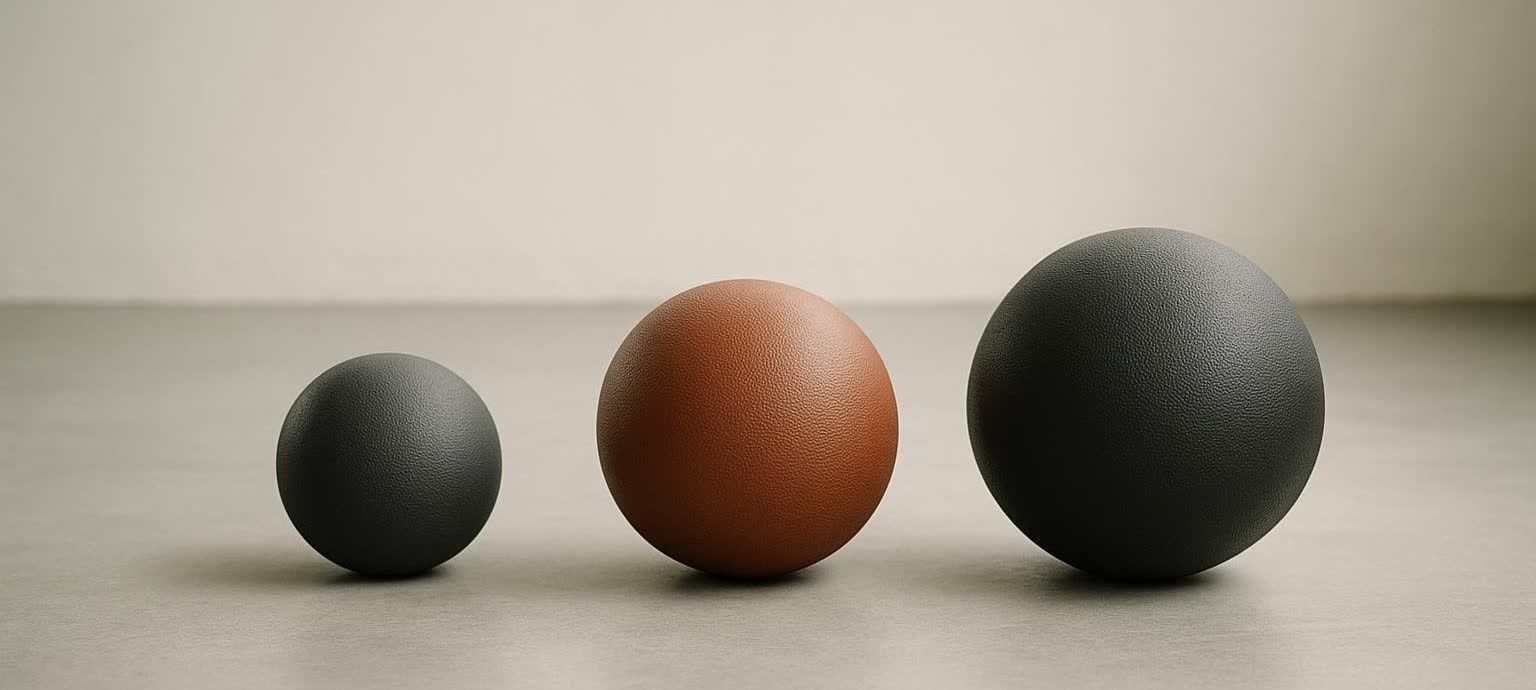
20 Medicine Ball Exercises for All Fitness Levels
Medicine ball exercises are a low-equipment, high-impact way to build full‑body strength, rotational core power, and athletic coordination in minimal time. Medicine balls have been part of athletic training for more than a century—with roots stretching back to Greco‑Roman practices—because they offer a versatile way to train power and coordination without complex equipment (historical overview via NFPT).
This guide gives you a coach-approved exercise library, beginner–advanced routines, and a quick weight-selection framework so you can train safely and effectively—at home or in the gym.
BodySpec recommends medicine ball training because it aligns with established resistance‑training guidelines for power development: lighter loads moved explosively with excellent control produce superior power adaptations compared with heavy, slow efforts (ACSM position stand).
Helpful primers to pair with this guide:
- For a deeper dive on bracing and trunk control, see our guide on how to build core strength.
- To understand explosive training and the stretch–shortening cycle, read our plyometrics guide.
- If you’re brand new to lifting, start with our strength training for beginners.
How to Choose the Right Medicine Ball Weight
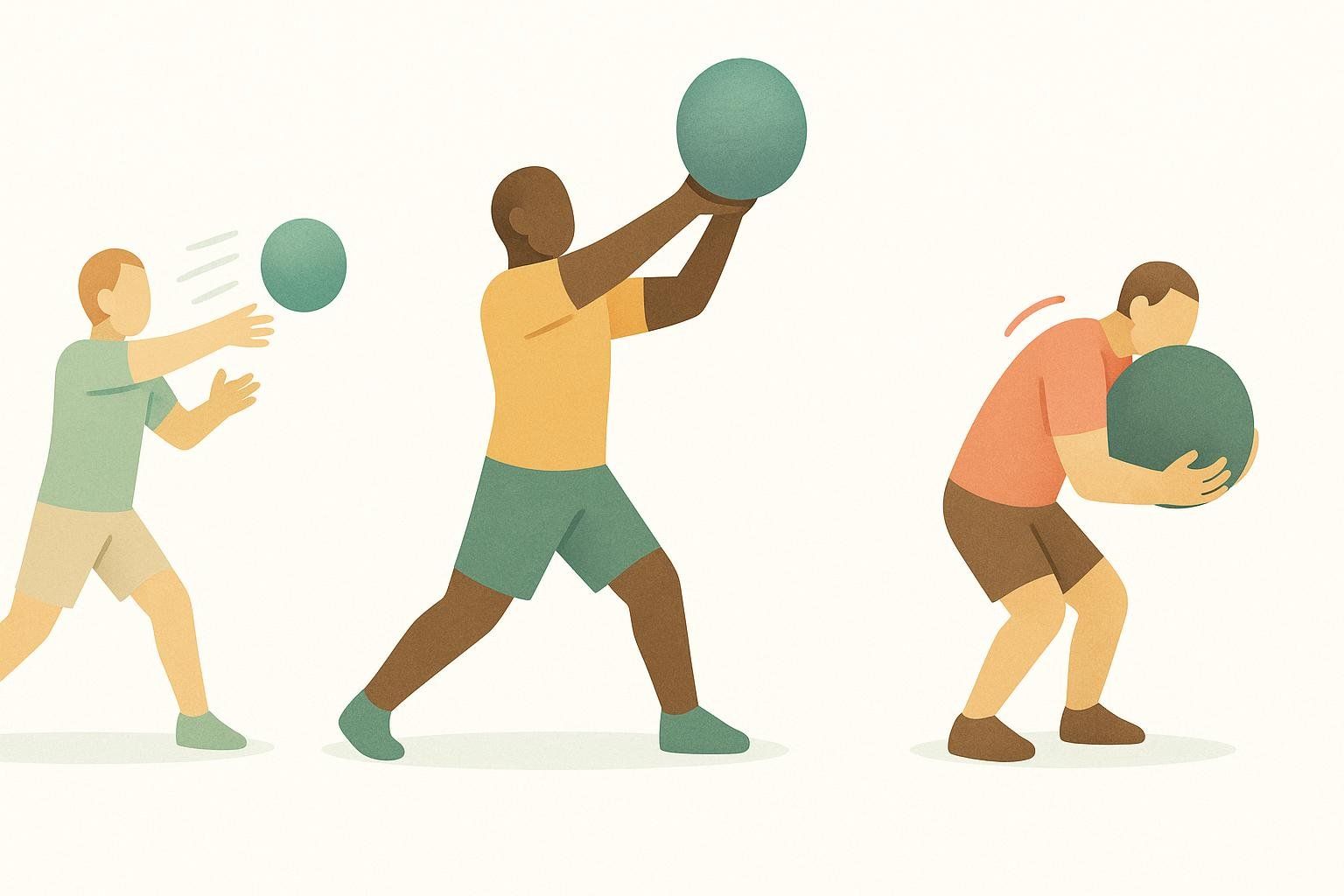
Pick the lightest ball that still lets you move explosively with clean form through the full range of motion. As a rule of thumb, the last 2–3 reps of a set should be challenging but not slower or sloppy. For power work, lighter loads moved quickly beat heavy, slow throws (ACSM).
Quick weight selector (general guidance):
- Speed and power emphasis (fast throws, slams, quick passes): ~2–6 lb for many users; some may use 8–10 lb if velocity stays high (TRX guidance).
- Mixed strength and power (slower, controlled patterns like squats or presses): ~8–15 lb.
- Strength-focused carries or slow tempo work: ~15–25 lb if form and control remain excellent.
Coach cues:
- If the ball won’t fly fast or you can’t decelerate safely, it’s too heavy.
- For partner or wall throws, always confirm the receiver is ready and can handle the force (ACE coaching tips).
Programming: Sets, Reps, and Session Structure
- Power throws and slams: 3–5 sets of 3–8 reps, full intent, 60–120 seconds rest. Total quality throws per session: roughly 30–70 depending on goal and experience. This approach prioritizes speed and technical quality over sheer volume.
- Strength or mixed circuits: 2–4 sets of 8–12 reps with 45–75 seconds rest.
- Train each pattern 1–3 times per week with at least 48 hours between intense power sessions (ACSM).
- Coaches often program high‑speed throws early in a session to keep speed and technique crisp before transitioning to slower strength work.
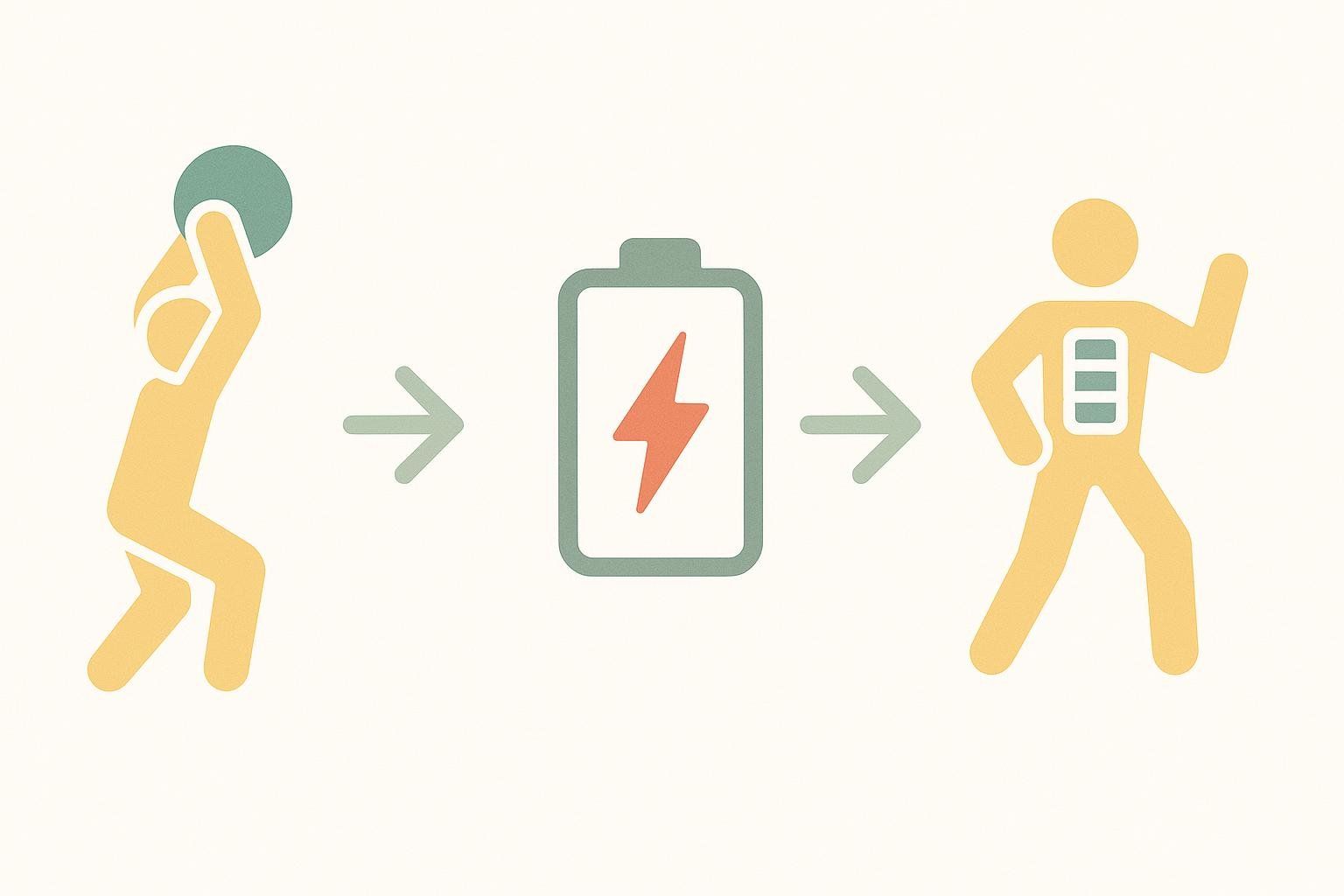
Always warm up with 5 minutes of light cardio plus dynamic mobility; groove the specific movement with a lighter ball before going hard.
Medicine Ball Exercise Library (20 Moves)
Each move lists: primary focus, level, and step‑by‑step instructions plus the key coaching cue.
- Chest Pass to Wall
- Focus: Upper body power, anterior core; Level: Beginner
- How:
- Stand in an athletic stance, ribs down, ball at chest.
- Drive the ball straight forward into the wall.
- Catch softly with elbows slightly bent and reset.
- Key cue: “Snap it from the chest; don’t arch your back.”
- Overhead Slam (to floor)
- Focus: Total‑body power; Level: Beginner
- How:
- Reach tall with the ball overhead and brace your ribs.
- Hinge slightly at hips and drive the ball straight down.
- Squat/hinge to pick up with a neutral spine.
- Key cue: “Brace first, then slam—no spinal whip.”
- Rotational Wall Throw (train both sides)
- Focus: Rotational core power, hips; Level: Intermediate
- How:
- Stand side‑on to a sturdy wall, ball at hip on the wall‑side.
- Load the back hip; initiate rotation from hips, then torso.
- Whip the ball into the wall; catch or retrieve and reset.
- Key cue: “Start power from the ground; finish with the torso.”
- Scoop Toss (underhand forward throw)
- Focus: Triple‑extension power (ankle‑knee‑hip); Level: Intermediate
- How:
- Hold the ball with both hands; drop into a quarter squat.
- Explosively extend ankles, knees, and hips.
- Release the ball forward underhand at hip height.
- Key cue: “Explode up; release at hip height.”
- Overhead Backward Toss
- Focus: Posterior chain power; Level: Intermediate
- How:
- Face away from the target; hinge hips back with neutral spine.
- Extend hips forcefully while swinging arms overhead.
- Launch the ball backward; maintain balance and stance.
- Key cue: “Hinge, then drive hips forward before release.”
- Rainbow Arc (overhead lateral transfer)
- Focus: Anti‑extension core, shoulders; Level: Beginner
- How:
- Stand tall, ball overhead with elbows soft.
- Keeping arms mostly straight, lower the ball in an arc to one hip.
- Raise it back overhead and down to the opposite hip, creating a “rainbow.”
- Key cue: “Ribs down; move through shoulders and lats.”
- Rotational Lunge With Press‑Out
- Focus: Legs + anti‑rotation; Level: Intermediate
- How:
- Step into a forward lunge holding the ball at chest.
- As you lower, rotate slightly toward the front leg.
- At the bottom of the lunge, press the ball straight forward, pull it back to your chest, then drive up to stand. Repeat on the other side.
- Key cue: “Knee tracks toes; pelvis stays level.”
- Reverse Lunge to Overhead Reach
- Focus: Glutes, balance, anterior core; Level: Beginner
- How:
- Step back into a lunge while raising the ball overhead.
- Keep ribs stacked over pelvis; avoid arching.
- Drive through the front foot to stand; alternate sides each rep.
- Key cue: “Tall spine; reach long, not into the low back.”
- Squat to Press (Thruster)
- Focus: Full‑body strength‑power; Level: Beginner
- How:
- Hold ball at chest, heels down.
- Squat to comfortable depth.
- Stand and press the ball overhead in one fluid motion.
- Key cue: “Drive from legs; punch the ball overhead with locked ribs.”
- Goblet Squat (with pause)
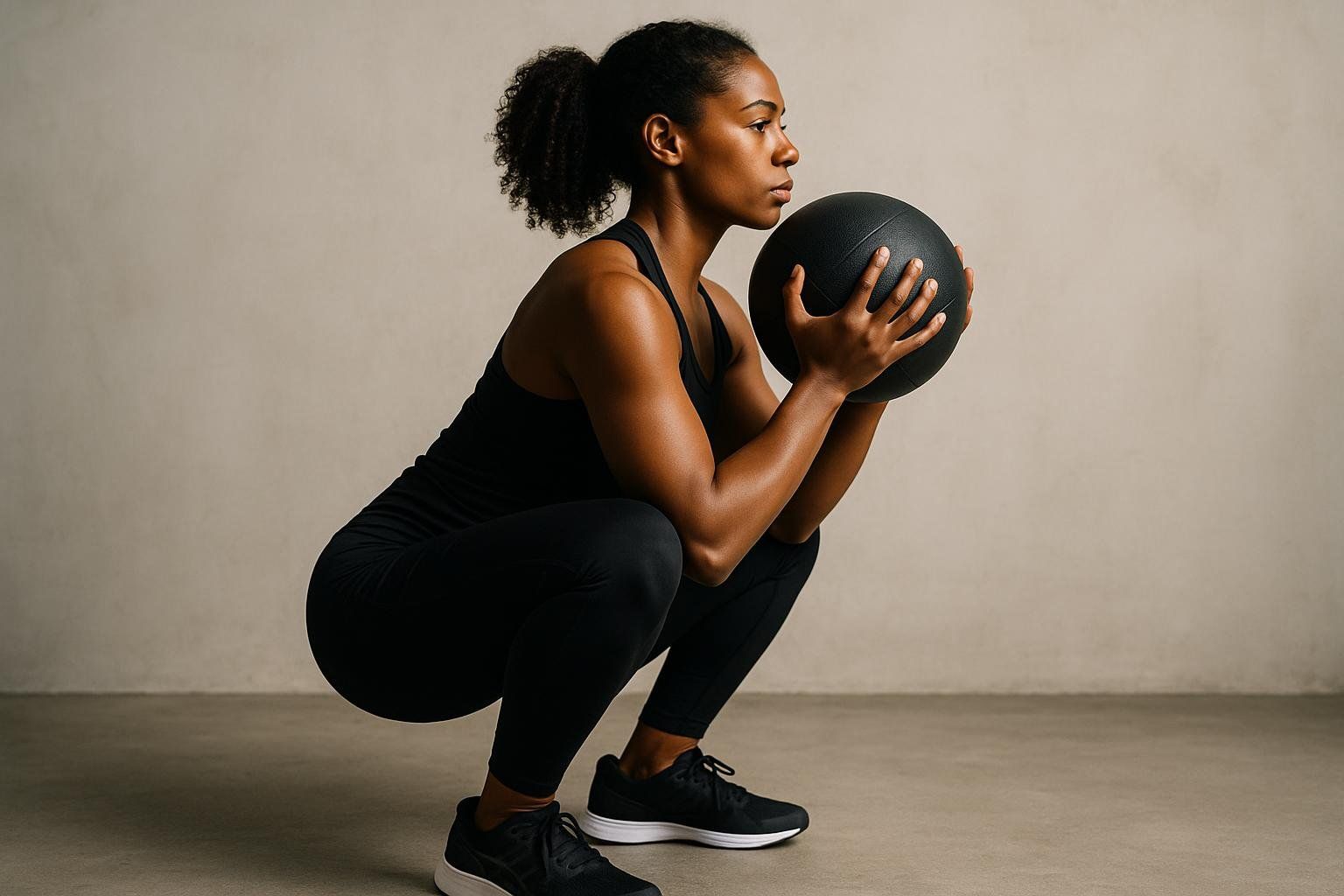
- Focus: Lower‑body strength, bracing; Level: Beginner
- How:
- Hold ball at chest with elbows under.
- Sit between hips to your deepest stable range; pause 1–2 seconds.
- Stand tall while maintaining brace.
- Key cue: “Elbows under ball; sit between hips, keep heels heavy.”
- Romanian Deadlift (RDL) Reach
- Focus: Hip hinge, hamstrings; Level: Beginner
- How:
- Hold ball close; push hips back with slight knee bend.
- Lower until hamstrings load; keep spine long.
- Drive hips forward to stand.
- Key cue: “Hips back, soft knees; keep spine long.”
- Tall‑Kneeling Chop
- Focus: Anti‑rotation, lats; Level: Beginner
- How:
- Kneel tall, glutes engaged; hold ball high to one side.
- Draw a diagonal path toward the opposite hip.
- Keep torso square; avoid rotating; repeat on both sides.
- Key cue: “Squeeze glutes; move the ball without moving the ribcage.”
- Half‑Kneeling Lift
- Focus: Anti‑rotation, hip stability; Level: Beginner
- How:
- Half‑kneel (front knee at 90°), hips square; hold the ball near the hip of your forward leg.
- Lift diagonally up and across to the opposite shoulder.
- Control back down without shifting hips; repeat on both sides.
- Key cue: “Front knee stacks over ankle; hips square.”
- Russian Twist (feet down)
- Focus: Obliques; Level: Beginner
- How:
- Sit back to a neutral brace, heels down.
- Rotate torso to move the ball side‑to‑side.
- Keep chest open and chin tucked.
- Key cue: “Torso turns the ball; keep shoulders away from ears.”
- Dead Bug Reach With Ball
- Focus: Deep core control; Level: Beginner
- How:
- Lie supine; arms straight, ball over chest; knees at 90°.
- Extend opposite arm/leg while gently squeezing the ball.
- Return and alternate, keeping low back anchored.
- Key cue: “Squeeze the ball gently to engage your core; low back stays down.”
- Plank Drag (ball pull‑through)
- Focus: Anti‑rotation; Level: Intermediate
- How:
- Set a high plank with feet wide and ball beside one hand.
- Reach under body to drag ball to the other side.
- Alternate hands without hips swaying.
- Key cue: “Hips quiet; wide base with feet.”
- Push‑Up on Ball (hands or one hand on ball)
- Focus: Chest, shoulders, anti‑tilt; Level: Intermediate–Advanced
- How:
- Place both hands on ball (harder: one hand on ball, one on floor).
- Descend under control, elbows at ~45°.
- Press up, maintaining a rigid midline.
- Key cue: “Own the midline; lower slowly.”
- Split‑Stance Chest Pass
- Focus: Upper‑body power + hip stability; Level: Intermediate
- How:
- Take a staggered stance, ball at chest.
- Brace and drive the ball forward powerfully.
- Catch softly; keep stance and balance; repeat on both lead legs.
- Key cue: “Lock the lower body; fire the pass from the torso.”
- Lateral Bound to Rotational Throw (combo)
- Focus: Athletic lateral power; Level: Advanced
- How:
- Bound laterally to one foot and stick the landing.
- Rotate toward a wall and throw the ball.
- Reset fully before the next rep.
- Key cue: “Stick the landing, then throw—separate the patterns.”
- Wall Ball Squat Throw (to target)
- Focus: Full‑body power, conditioning; Level: Intermediate
- How:
- Hold ball at chest; squat with heels down.
- Drive up and throw to a wall target.
- Catch softly and ride into the next squat.
- Key cue: “Heels heavy on the squat; throw from legs, not low back.”
Ready‑Made Workouts
Use a light ball for power‑speed moves and a moderate ball for strength moves. Rest as needed to keep the last rep crisp.
- Beginner 15‑Minute Circuit (2–3 rounds)
- Warm‑up: 3–5 minutes brisk walk + dynamic hips/shoulders
- A1 Chest Pass to Wall × 8
- A2 Goblet Squat (with pause) × 10
- A3 Dead Bug Reach With Ball × 6/side
- A4 Overhead Slam × 6
- Rest 60–75 seconds between rounds
- Intermediate 20‑Minute EMOM
- Structure: Perform the following 5‑minute block and repeat 4 times (total = 20 minutes):
- Min 1: Rotational Wall Throw (right or dominant) × 6 fast reps
- Min 2: Rotational Wall Throw (left or non‑dominant) × 6 fast reps
- Min 3: Squat to Press × 10
- Min 4: Plank Drag × 10 total
- Min 5: Reverse Lunge to Overhead Reach × 6/side
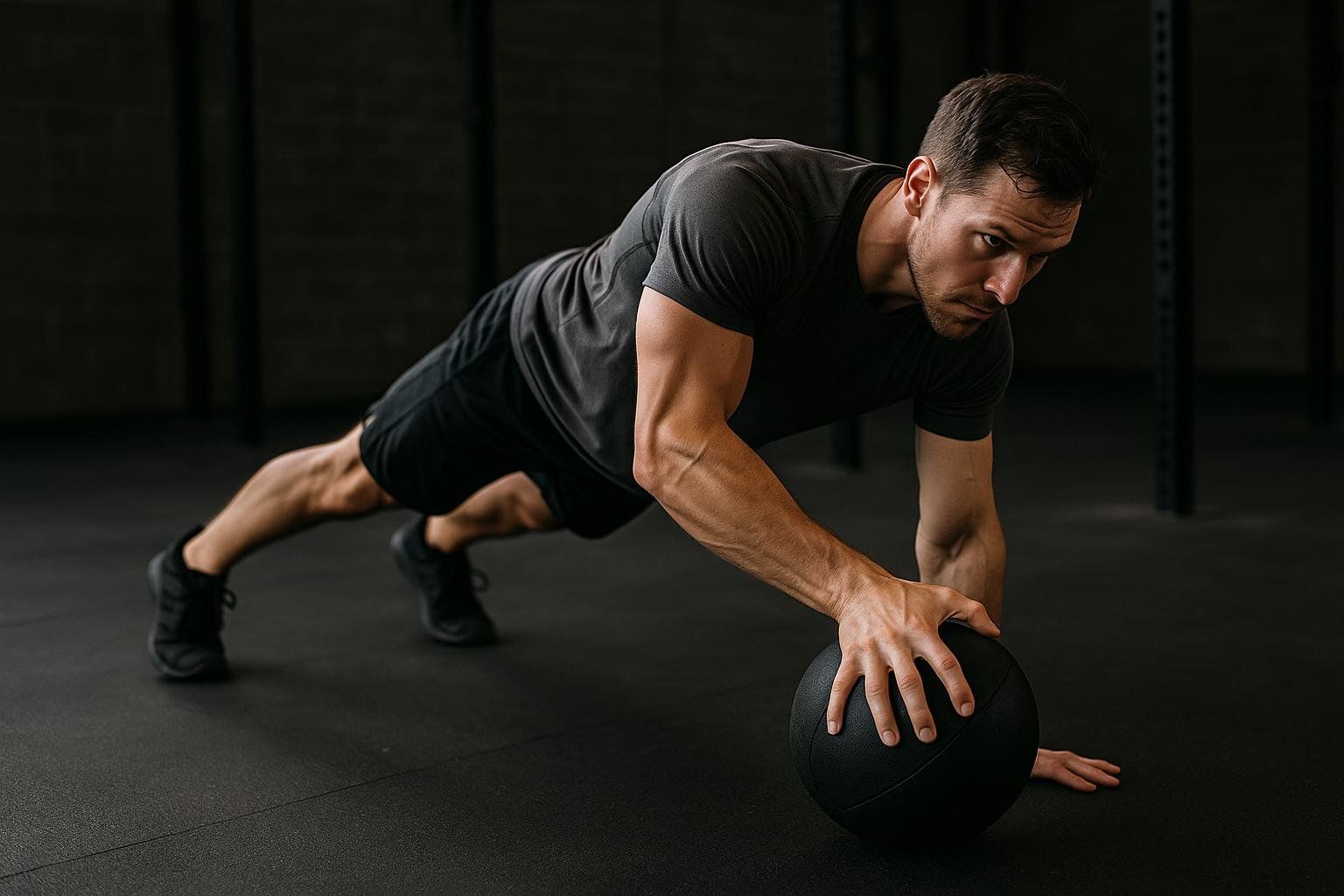
- Advanced Power AMRAP 12 (As Many Quality Rounds as Possible)
- 6 Lateral Bound to Rotational Throw (3/side)
- 8 Overhead Slams
- 6 Split‑Stance Chest Pass (3/side)
- 8 Scoop Tosses
Keep throws extremely explosive; stop sets if speed drops.
Safety, Setup, and Progression
- Space and surfaces: Use sturdy walls, clear space, and non‑slip floors. Start with low‑bounce balls if you’re new to slams/throws.
- Warm‑up progression: General warm‑up → lighter practice reps → full‑effort sets.
- Progressing your workouts: Increase speed first, then reps/sets, then load. Don’t raise two variables at once.
- Frequency: 1–3 sessions/week with 48 hours between high‑intensity power work.
- Stop if technique degrades: Power training is about quality, not burn.
FAQs
What size medicine ball should I use?
- Pick the lightest ball that still allows a fast, smooth release and safe catch. For most fast throws, 2–6 lb works well; some intermediate users might use 8–10 lb if speed stays high.
How many days per week should I do medicine ball workouts?
- Two to three sessions per week is plenty for most people; leave 48 hours between hard sessions so your nervous system can rebound.
Are medicine ball exercises good for beginners?
- Yes—start with non‑impact drills (goblet squats, presses, dead bug, chest pass) and master bracing and deceleration first.
Do I need a partner or special wall?
- A sturdy wall helps for rebounds, but many exercises are partner‑free (slams, goblet squats, chops). When tossing to a partner, confirm they’re “ready” and match the throw to their capacity.
Can medicine ball training really build power?
- Yes—power favors lighter loads moved fast. That’s the point of med‑ball training when done with intent, aligning with resistance‑training guidelines for power development.
Track Your Progress (and Make It Stick)
- Test performance every 4–6 weeks: total quality throws in 10 minutes, single‑set chest‑pass distance, or rotational throw height/target accuracy.
- Log ball weights, reps, and perceived speed. If the ball slows, drop weight and regain snap.
- For body‑composition changes from your new routine, DEXA removes the guesswork. See our Body Composition Scan Guide and schedule periodic scans to quantify lean‑mass gains and fat loss trends.
